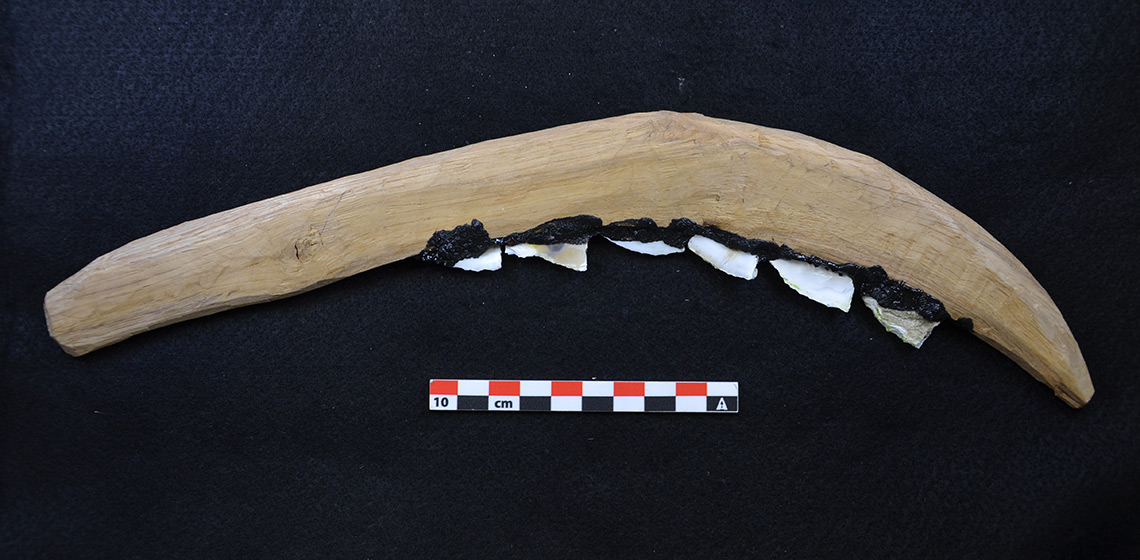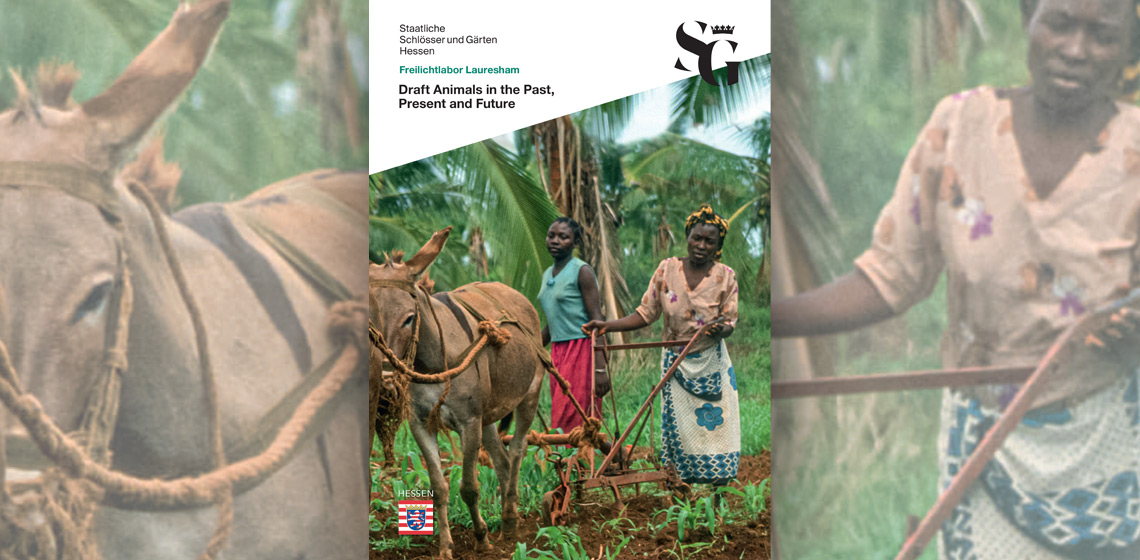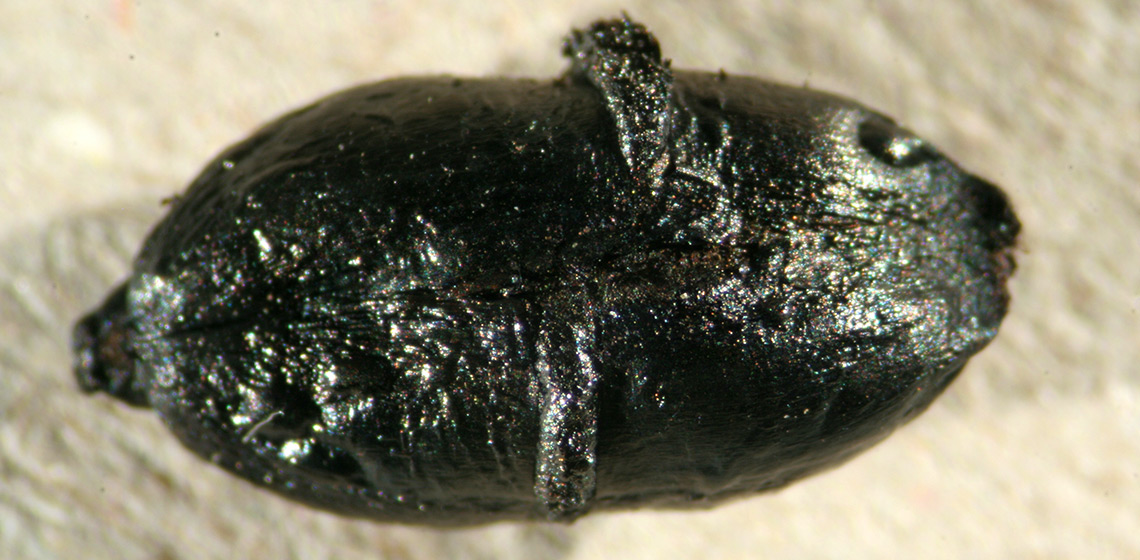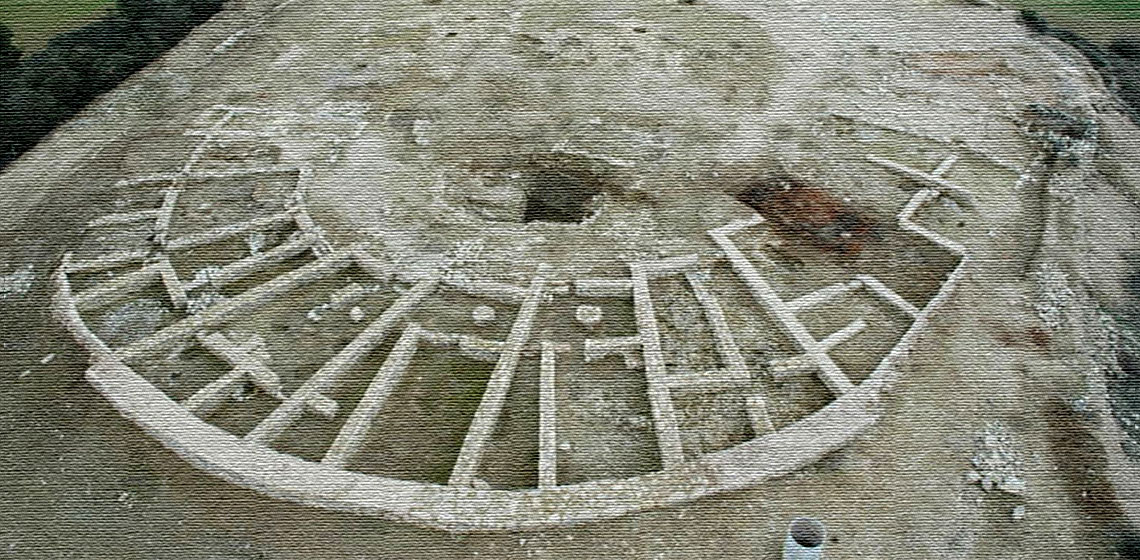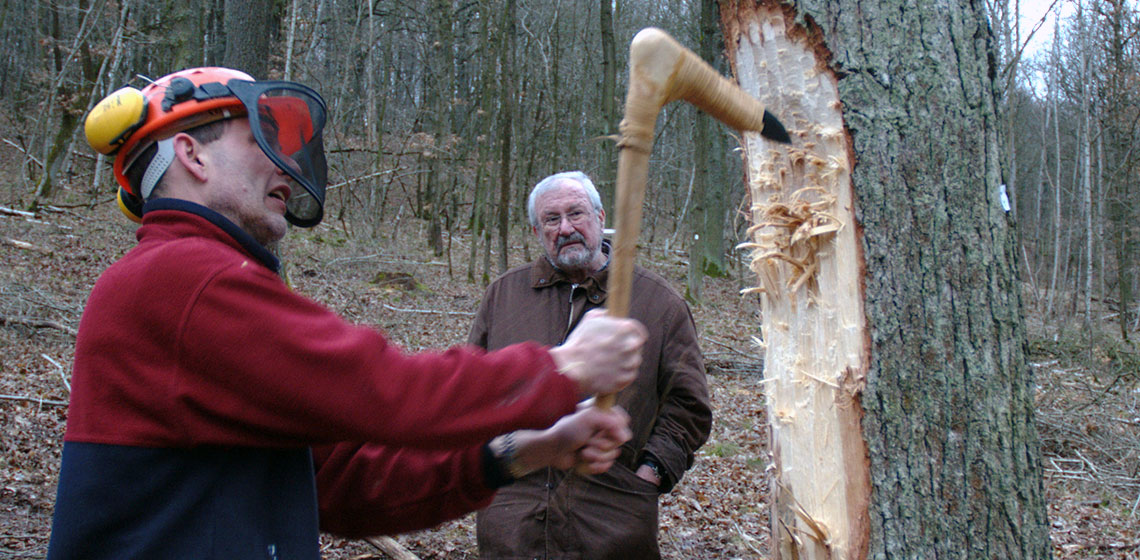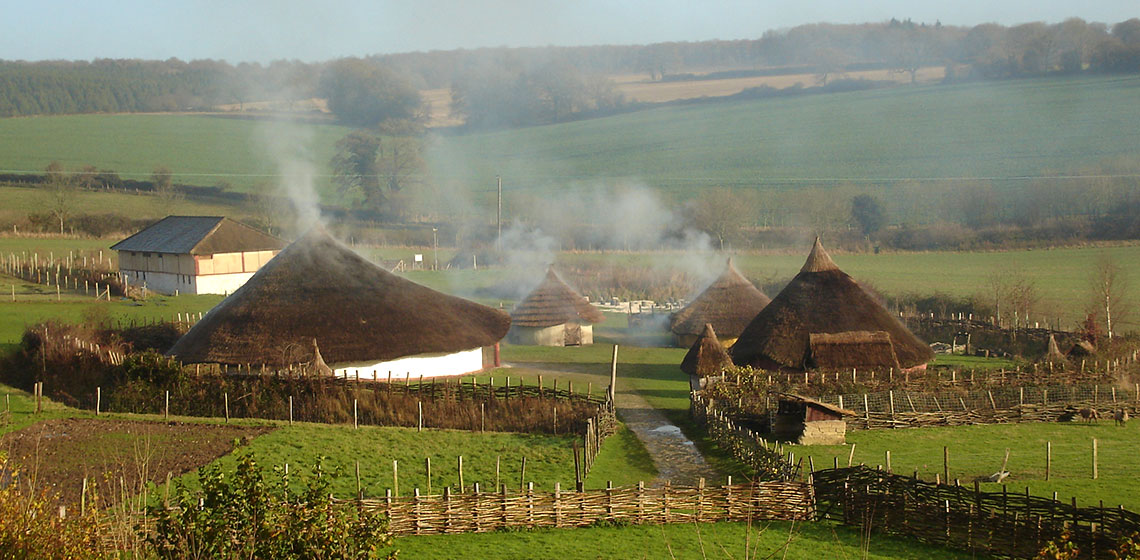agriculture
An Experimental Investigation of Alternative Neolithic Harvesting Tools
Book Review: Draft Animals in the Past, Present and Future by Claus Kropp and Lena Zoll (eds)
Pit Preserve from Ida – on the Problem of Charred Seeds from Prehistoric Pits
Introduction
A wild seed propagator and gardener (such as myself) relies on years of close human-plant interaction. The adaptability of domesticated and many wild plants to human economy and behaviour has always thrilled me. When I first read archaeological reports of frequent and large amounts of prehistoric charred seeds that were dumped in the ground I was bemused. It contrasted starkly with the care and sensitivity I use in the processes of seed harvest, drying and selection. So I started reading more and also charring seeds myself.
The Creation of an Experimental Camp of Protohistory at the Iberian Settlement of Estinclells (Verdú, Urgell, Catalonia)
Interview: Helmut ‘Hugo’ Windl
Butser Ancient Farm
Nestled among the rolling hills of the South Downs National Park, Butser Ancient Farm in Chalton has been an archaeological research site since 1972. The farm was originally set up on Little Butser, a spur of Butser Hill. It was established with support from the Council for British Archaeology...

